A Colossal Tomb’s Journey Through Time
From Imperial Glory to Neglect
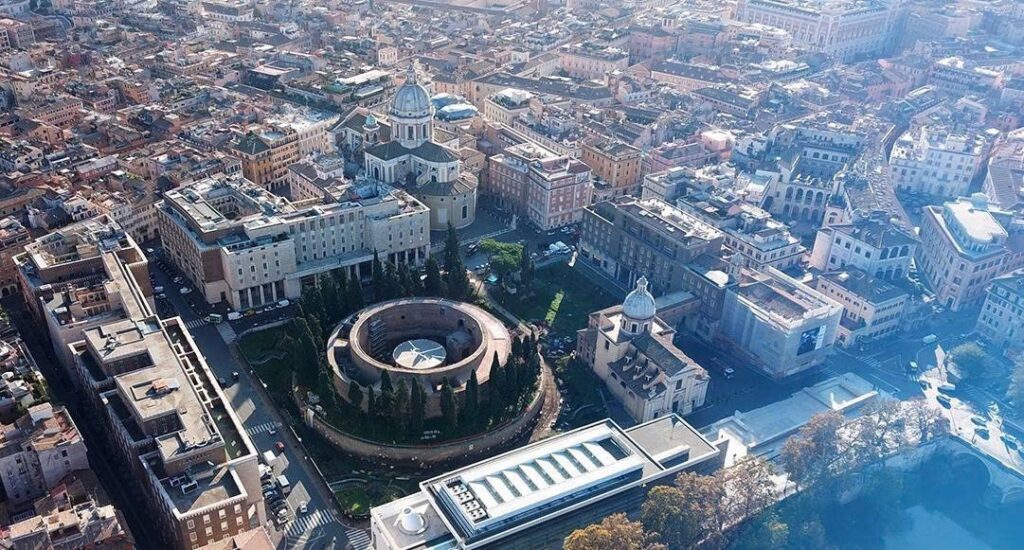
In the heart of Rome stands a structure that once rivaled the nearby Pincian Hill in size – the Mausoleum of Augustus. Built around 28 BC, this massive circular tomb was a testament to the first Roman Emperor’s grand vision for his legacy. With a diameter of 90 meters and an original height of at least 45 meters, it was designed to be the largest circular tomb in the ancient world.
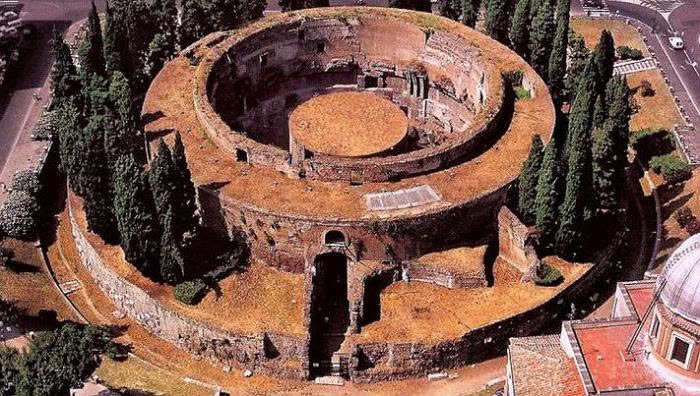
Augustus, ever the forward-thinking leader, began planning this monument even before he was granted his imperial title. As a commander who shaped history and a masterful administrator, he intended for his tomb to reflect his glorious reign for generations to come.
Centuries of Transformation
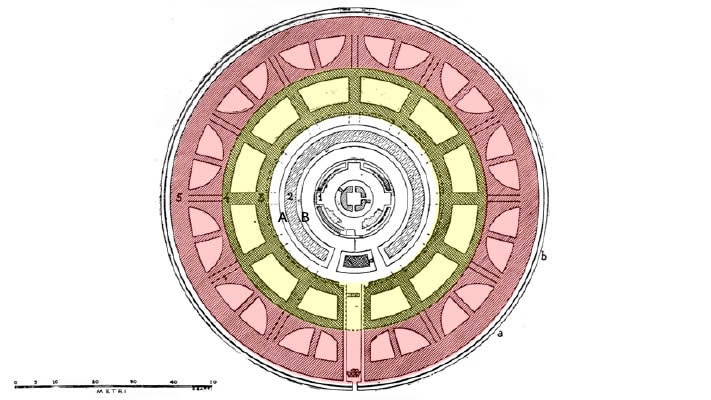
Time, however, had other plans for the mausoleum. As Rome evolved, so did the purpose of this once-sacred structure. In the Middle Ages, it briefly served as a castle before being partially destroyed. The Renaissance saw it repurposed as a garden, while the 18th and 19th centuries brought bullfights, theater performances, and concerts within its walls.
By the 20th century, only a third of the original monument remained standing. Its marble façade had long since been stripped away, leaving exposed brick as a shadow of its former grandeur.
A Monumental Restoration
Bringing Augustus’ Vision Back to Life
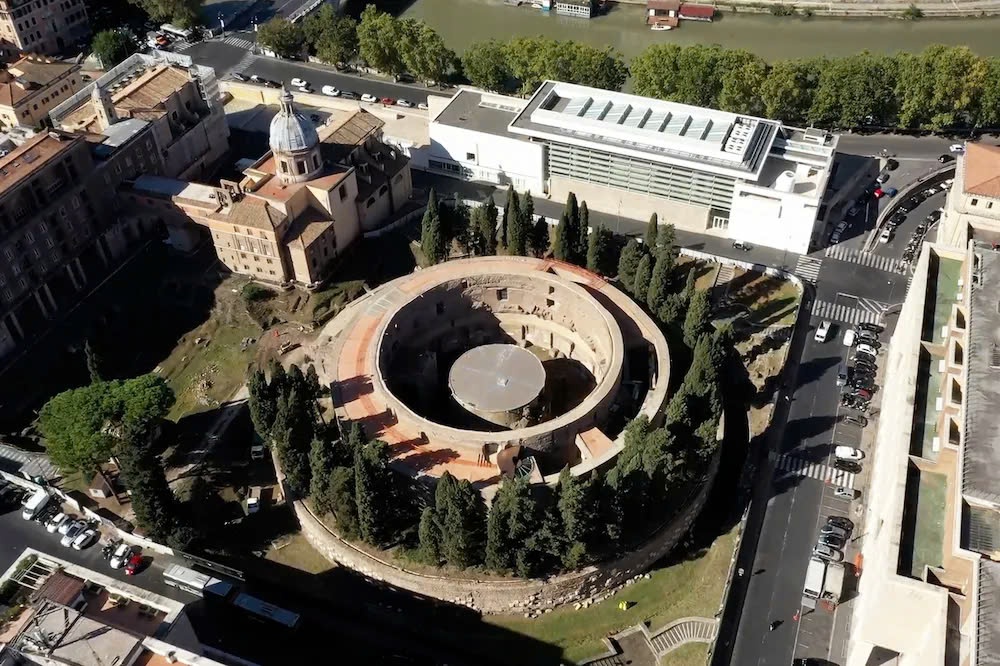
In a remarkable turn of events, the 21st century has breathed new life into Augustus’ final resting place. A painstaking restoration project, completed in two stages at a cost of over 10 million euros, has prepared the mausoleum for its grand reopening to the public in March 2021.
The Fondazione TIM, the social arm of Telecom Italy, invested heavily in restructuring the interior for tours, spending approximately 6 million euros. The restoration team took great care to preserve not only the original structure but also the layers of history added over the centuries.
Rediscovering Ancient Engineering
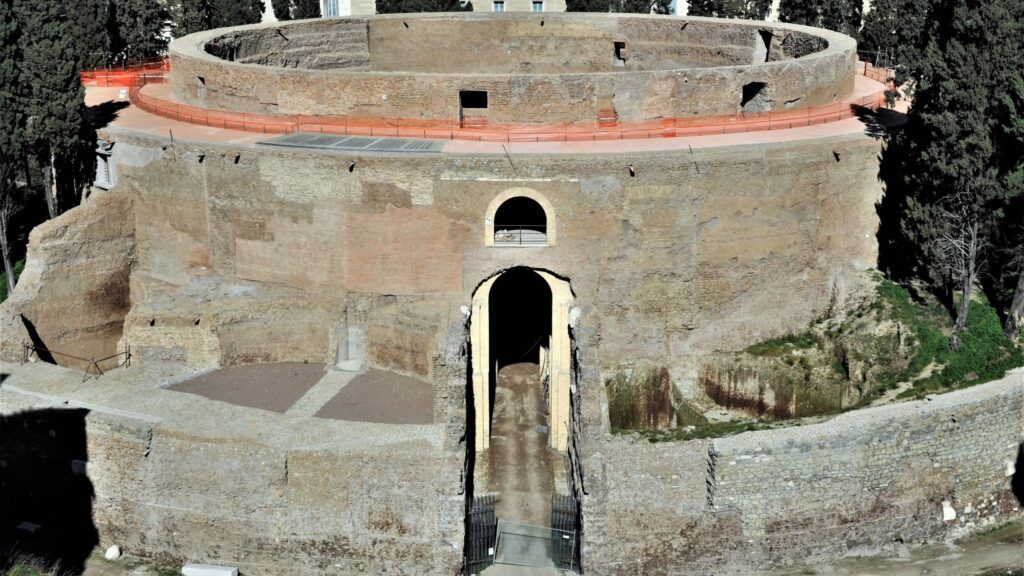
As visitors explore the restored mausoleum, they’ll marvel at the ingenious design that has allowed it to stand for two millennia. The structure consists of concentric rings divided into semicircular and trapezoidal rooms, with walls carefully engineered to support the immense weight of the building. Originally, these chambers were filled with earth for added stability, and the exterior was clad in gleaming travertine marble.
A Testament to Rome’s Enduring Legacy
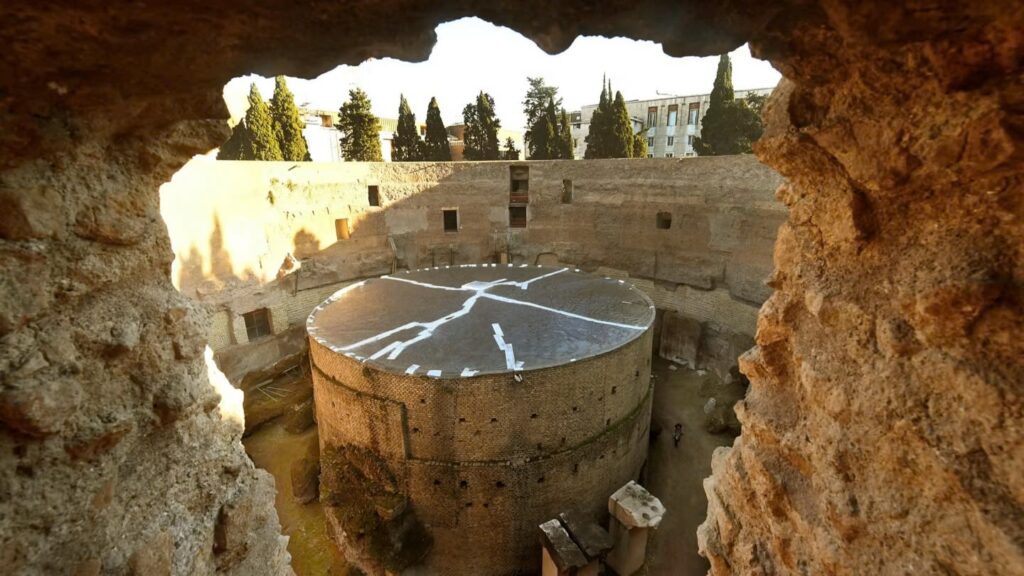
While Emperor Augustus may not have received the eternal adoration he envisioned, the restoration of his mausoleum serves as a powerful reminder of Rome’s complex history. For a man who transformed Rome into a city of monuments and consolidated the Roman Empire, the reopening of his tomb offers a chance for modern visitors to connect with the ambitions and achievements of antiquity.
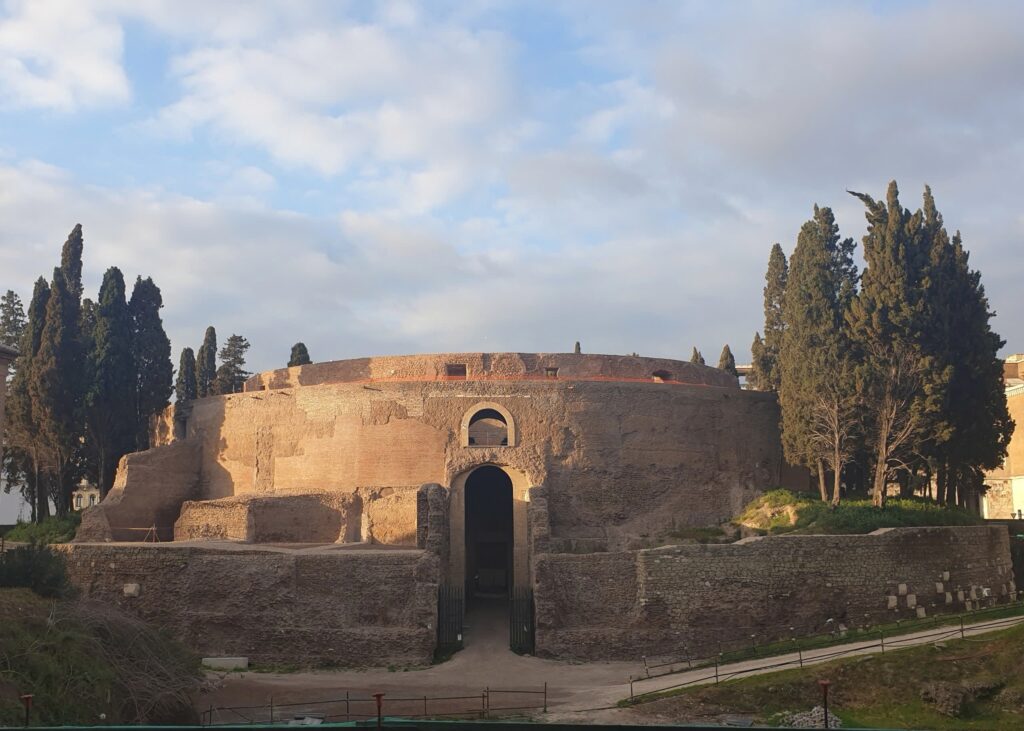
As the Mausoleum of Augustus once again welcomes the public, it stands not just as a monument to a single emperor, but as a symbol of Rome’s ability to reinvent itself while honoring its past. The story of this ancient wonder, from its imperial origins through centuries of repurposing to its modern resurrection, encapsulates the eternal spirit of the Eternal City.

